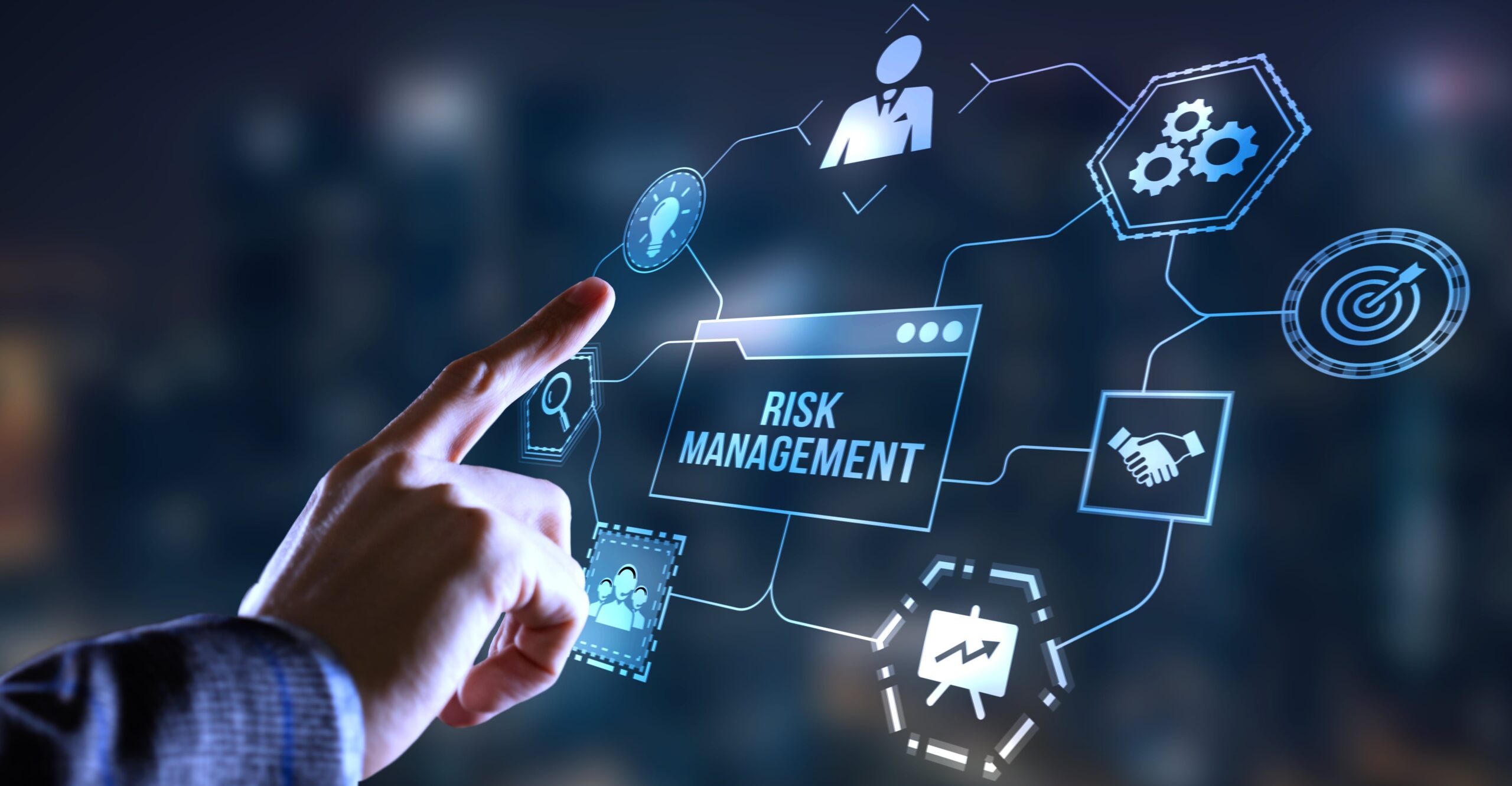Banks have always been at the vanguard of risk management, but only in recent decades has technology approached the level of confidence leaders desire as they make lending and investment decisions. Thanks to advanced analytics and AI, financial institutions now have access to a wealth of data. This data fuels precision, quality, and potential earnings.
Even then, the world is complex, and unpredictable threats can throw curveballs at your risk management teams. For example, the 2025 California wildfires could cost upward of $250 billion, which will have ripple effects on investments as mortgages default and funds are reallocated to recovery. Furthermore, the looming threat of import tariffs could place a strain on retail and commercial customers as prices spike, supply chains wane, and uncertainty rises.
Preparing for these and other threats requires organizations to embrace the fundamentals of risk management as well as calibrate their data-driven analytics tools. So, how should risk management in banking look in 2025? And how can financial institutions create a resilient data-centric strategy for mitigating risk and maximizing return? Here are our thoughts.
If you’re ready to identify and mitigate risks with AI, we can provide an offshore team to harness these capabilities.
Sharpen your risk management strategy ASAP
Unlocking the Power of Data and AI Across Risk Categories
Most banks have a robust risk management strategy, but only within the last year have legacy banks started to develop an appetite for applying artificial intelligence solutions to this key function. Fears about model bias, algorithmic transparency, and data privacy have reasonably tempered adoption, but companies are showing how mature AI strategies do not have to add risk to your risk management team.
Here are the growing uses of AI risk management in banking across six major categories:
Credit Risk
The longest running risk category that financial institutions have monitored is the ability of borrowers to repay their loans. Over the years, advanced analytics tools have enhanced the accuracy of creditworthiness assessments for retail and commercial customers, but there are always additional ways to mitigate credit risk.
The benefit of using artificial intelligence for credit risk assessments is that you can evaluate vast amounts of real-time data with superhuman levels of accuracy. Artificial intelligence can combine historical transaction data, financial health, severity of the consequences of a default, and macroeconomic market conditions (more on that) into near instantaneous assessments that determine a borrower’s true creditworthiness.
As a result, the right statistical models can determine probability of default, loss given default, and exposure at default at an accelerated rate.
Market Risk
Predicting macroeconomic trends has always presented financial institutions with a moving target. At times, the vast amount of data available on market risk, as well as the intuition of experienced leadership, can make market risk assessments straightforward. Then, disruptive events like the housing bubble, the COVID-19 pandemic, or even the emerging DeepSeek AI release can scramble risk models as they create market volatility.
At minimum, applying artificial intelligence to the more mundane elements of market risk management can allow experts to monitor emerging situations and refine business strategies to address new paradigms. These tools can evaluate past market prices and rates for investments with speed and precision that human analysts can’t achieve.
Moreover, there is also potential for AI risk management to capture patterns that might not be on the radar of your risk management team. AI agents can evaluate data from traditional and nontraditional sources to present new and revelatory market models. Artificial intelligence can’t anticipate every dark horse event, but it can limit the number of real-world phenomena that catch your organization off guard.
Compliance Risk
Though there is a high chance regulatory restrictions will ease off in the coming years, banking institutions still need to navigate a complex web of laws and rules. Unsurprisingly, 72% of banks and credit unions prioritize compliance when evaluating fintech partners, due to the risk of punitive fines and lawsuits. That said, there are ways in which financial institutions can thread the needle, collaborating with compliance-focused partners to implement data-driven AI compliance solutions.
One opportunity is creating AI agents for compliance monitoring. Banks can train and test AI agents on data related to flagged noncompliant actions to prepare them for real-time audits. To reduce risks even further, banks can keep a human in the loop to validate assessments and correct the model to maintain compliance.
Liquidity Risk
Being able to meet cash and collateral obligations during the short term as demands fluctuate has always required shrewd risk management from financial leaders. Traditional liquidity risk management often relies on historical patterns and basic stress testing, but AI is transforming how institutions monitor and manage their liquidity positions.
Advanced AI models can analyze vast amounts of data from multiple sources as well as simulate thousands of scenarios to analyze deposit behavior, market conditions, and other economic indicators. This can help banks walk the line of adequate liquidity as assets, debts, and interest rates fluctuate.
Furthermore, AI-powered tools can provide real-time monitoring of liquidity metrics, allowing banks to detect early warning signs of potential liquidity crunches. These systems can alert risk managers to emerging liquidity risks before they become critical issues, allowing banks to adjust their strategies dynamically.
Operational Risk
Inefficient, faulty, or unsecured practices are often blind spots for organizations that are not proactively auditing themselves. Though banks have embraced automation to reduce liabilities from credit risk scoring, data integration, and report generation, there are still areas where the financial services sector face risks.
In fact, studies show that the operational laxity of third-party vendors provides a considerable amount of risk. That’s only one example of operational risk that has flown under the radar.
AI algorithms can enhance the ability of organizations to monitor risks from employee activities and system performance metrics. Additionally, AI agents can proactively search for irregularities and anomalies in internal operations to identify instances of fraud and notify leadership before they worsen.
On top of that, AI-powered disaster recovery and business continuity systems can help banks maintain critical operations during disruptions, whether from natural disasters, technical failures, or other unexpected events.
Reputational Risk
Investor confidence and trust means everything to long-term profitability. Unfortunately, consumers are losing faith in customer experience (CX) quality and wavering in loyalty. Surveys reflect both situations with Forrester finding that feelings about CX quality in banking have fallen for the third year in a row while PwC surveys show that only 30% of consumers highly trust businesses.
Artificial intelligence can evaluate a confluence of information sources for reputational risks:
- Social media comments
- Online reviews
- News backlash
- Customer surveys
- Recorded customer interactions
With the right models, the large language models (LLMs) within generative AI can extract key insights from that data, giving board executives notifications about risks. Then, it’s a matter of implementing pre-established contingency plans to mitigate the fallout.
Risk Management in Banking
As the CFA Institute put it, “Effective risk management […] is much more than just applying financial models. It requires the application of judgment and experience not only to know how to use the models appropriately but also to appreciate the strengths and limitations of the models and to know when to supplement or substitute one model with another model or approach.”
This applies to artificial intelligence as well. Organizations not only need technical experts who grasp the intricacies of generative AI, LLMs, and machine learning, but also navigate the trends and regulations of the financial services industry. When your organization finds the right partner, you’ll be prepared to adjust to a dynamic world of risk in real time.
Top-tier talent can simplify risk management in banking with AI. Learn how w3r Global Solutions can deliver cost-effective offshore teams for your AI risk management projects.
Get your free consultation.
Related Articles
Why Every Financial Institution Needs a Robust Merger and Acquisition Data Strategy
Overcome Your 2024 Banking Industry Challenges with Smarter Data Strategies
The Most Valuable Applications of Banking AI in 2023

